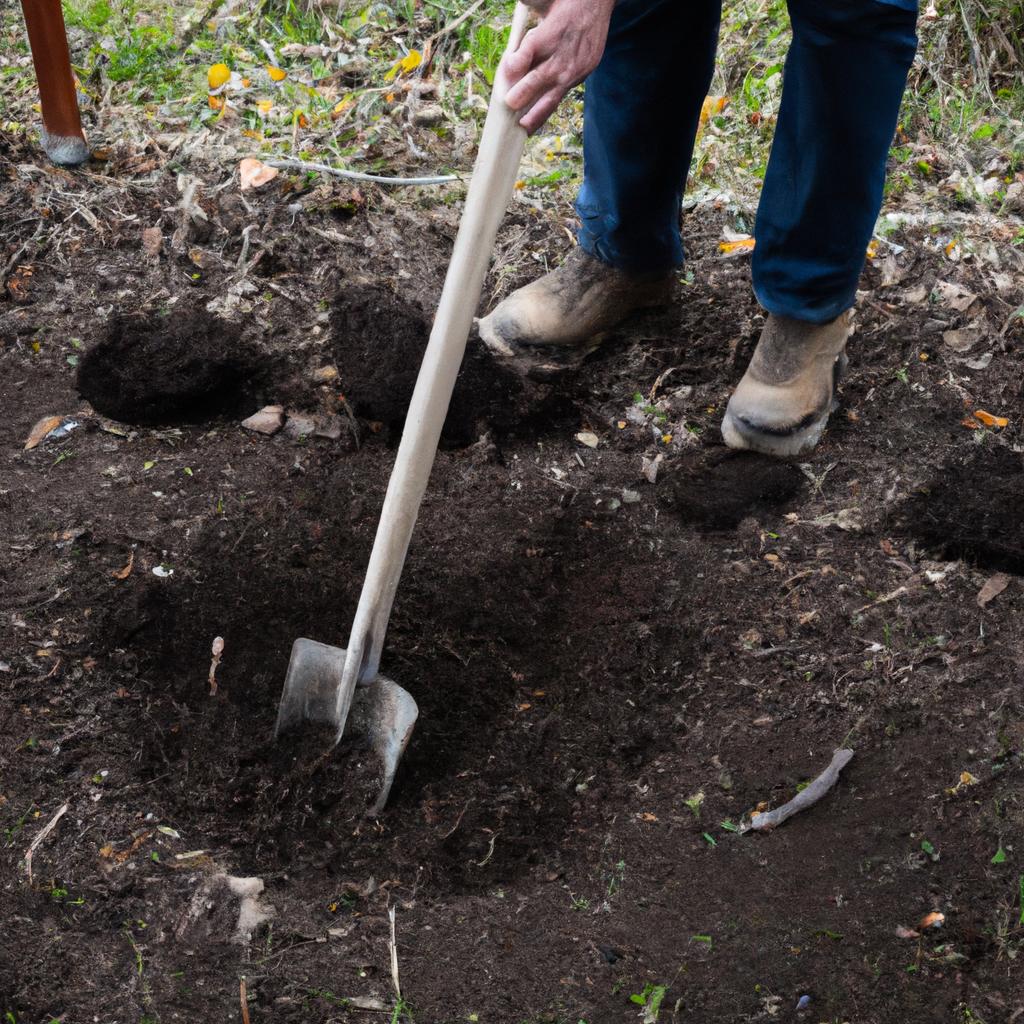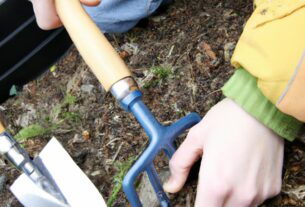Are you eager to start your own vegetable garden but unsure of where to begin? Creating a vegetable garden can be an incredibly fulfilling experience, providing you with fresh, healthy produce while reducing your carbon footprint. In this article, we’ll guide you through the process of creating a thriving vegetable garden, from selecting the perfect location to harvesting your bountiful crops.
Selecting the Ideal Location
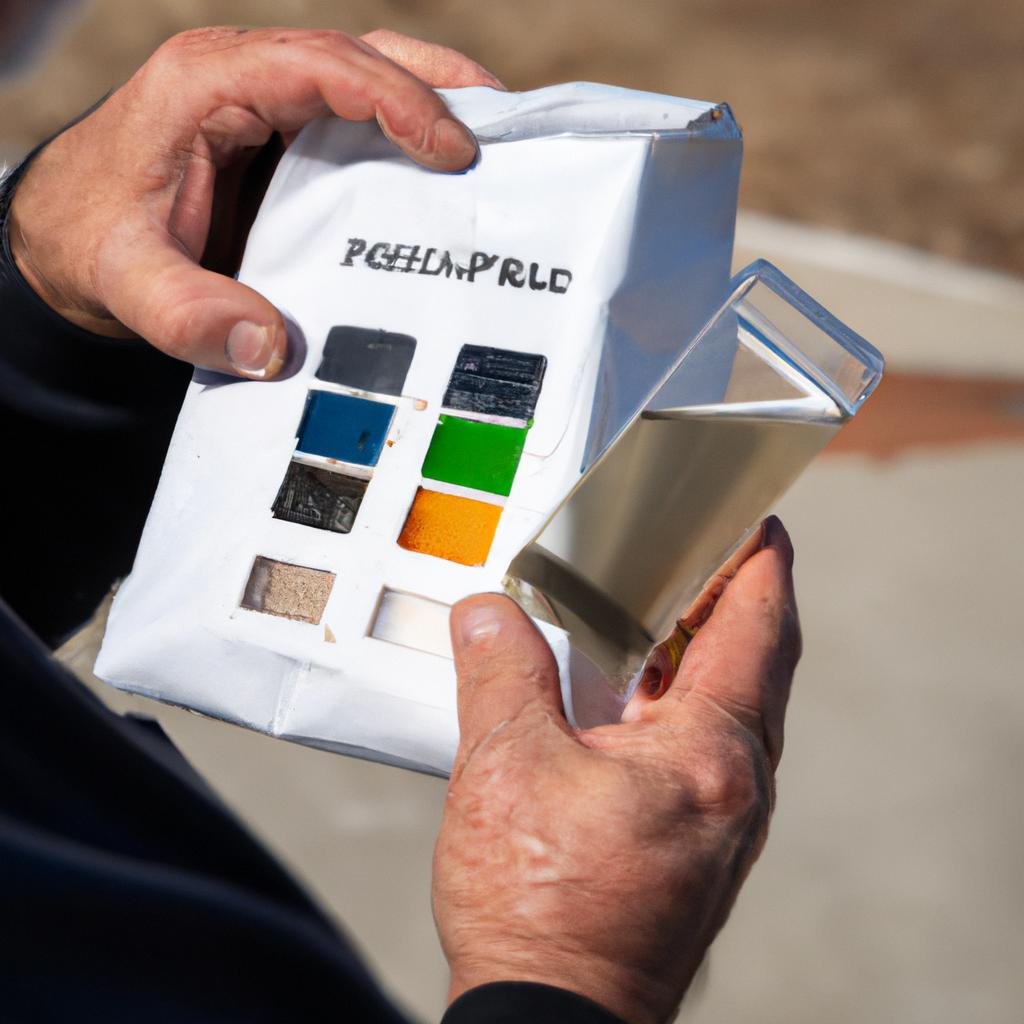
The first step in creating a successful vegetable garden is choosing the right location. Here are some key factors to consider:
- Sunlight: Vegetables require at least six hours of sunlight per day. Find a spot that receives ample sunlight throughout the day.
- Water: Consistent watering is essential, so ensure your garden is near a water source. Consider using a rain barrel to collect rainwater if an outdoor source is not available.
- Soil: The quality of your soil determines the success of your vegetables. Opt for well-draining soil free from rocks and debris.
- Space: Make sure your garden has enough room to accommodate the fully grown size of your plants.
Once you’ve chosen the perfect location, it’s time to prepare the soil.
Preparing the Soil for Success
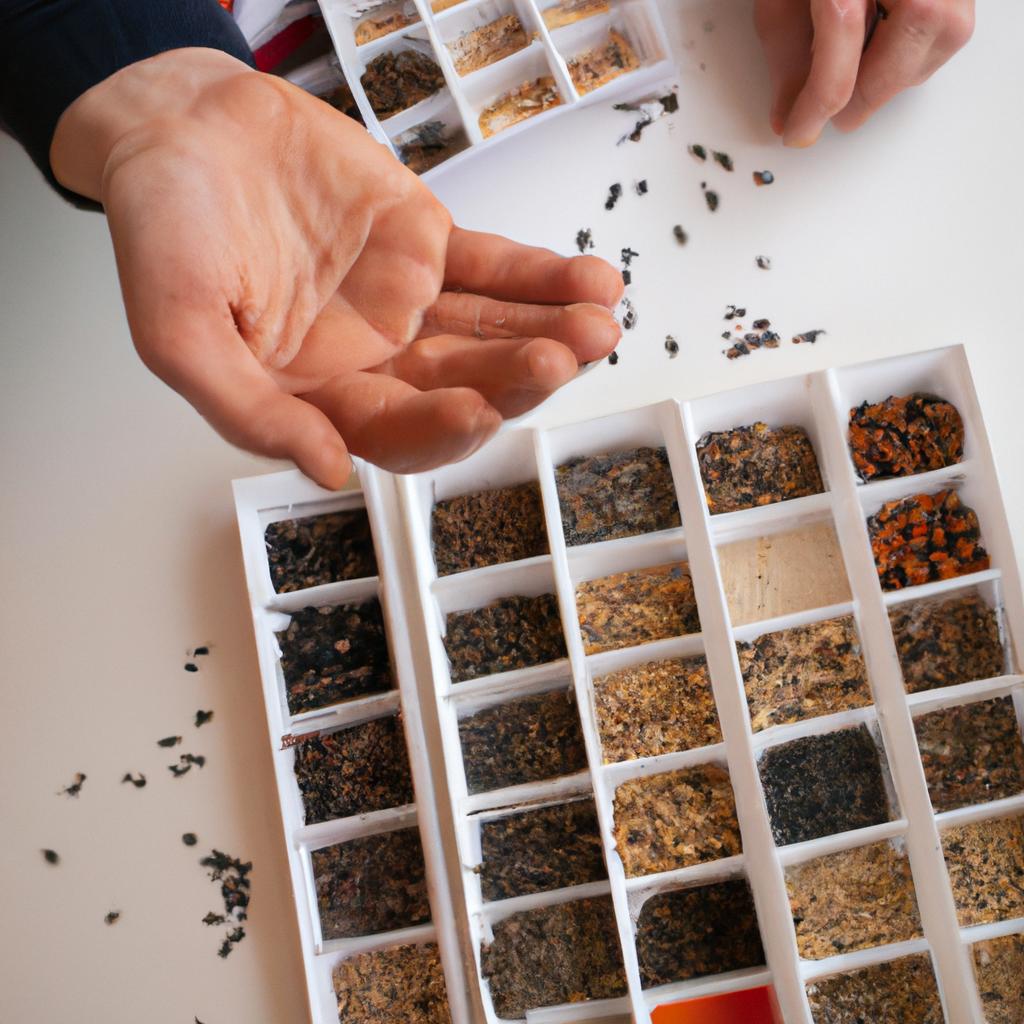
Proper soil preparation is crucial for the health and growth of your vegetables. Follow these steps to prepare your soil:
- Remove any rocks, debris, or weeds from the area.
- Test the soil pH to determine its acidity or alkalinity level. Most vegetables thrive in soil with a pH between 6.0 and 7.0.
- Amend the soil as needed by adding lime to raise the pH or sulfur to lower it. Organic matter like compost or manure can also improve soil fertility.
- Till the soil to a depth of six to eight inches for optimal aeration.
By adequately preparing your soil, you’ll provide your vegetables with the nutrients they need to flourish. Now, let’s discuss selecting the right vegetables for your garden.
Choosing the Perfect Vegetables
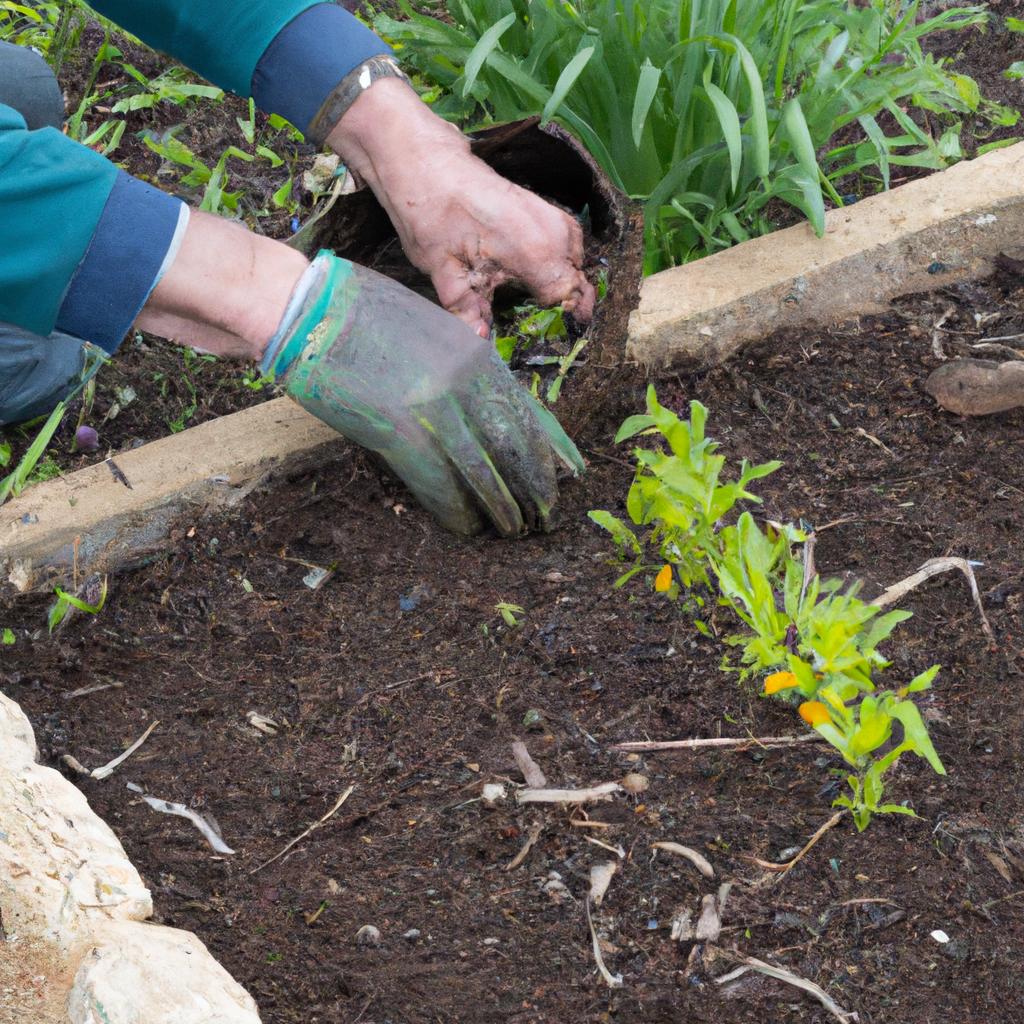
When selecting vegetables for your garden, consider the climate and growing conditions in your area. Here are some tips to guide you:
- Research your area’s climate and growing season. Different vegetables thrive in different temperature ranges.
- Take note of the amount of sunlight your garden receives. Some vegetables require full sunlight, while others can tolerate partial shade.
- Choose vegetables that you and your family enjoy eating. Growing vegetables that suit your taste will make your garden even more rewarding.
- Consider the available space in your garden. Some vegetables, like corn and pumpkins, require more space than others.
By considering these factors, you’ll be able to select vegetables that will thrive in your garden, resulting in a bountiful harvest.
Planting and Care

Now that you’ve prepared your soil and chosen your vegetables, it’s time to plant them. Follow these steps for successful planting:
- Refer to the seed packet instructions for the correct planting depth and spacing for each vegetable.
- Dig holes according to the spacing requirements, ensuring each plant has enough room to grow.
- Water your seeds or seedlings immediately after planting.
- Mulch around your plants to retain moisture and suppress weeds.
- Consistently water your plants, being careful not to overwater or underwater them.
- Fertilize your plants using organic or synthetic fertilizers specifically formulated for vegetables.
- Monitor your plants for pests and diseases, taking immediate action if necessary.
By following these steps and providing your plants with the care they need, you’ll set yourself up for a thriving vegetable garden.
Harvesting and Maintenance
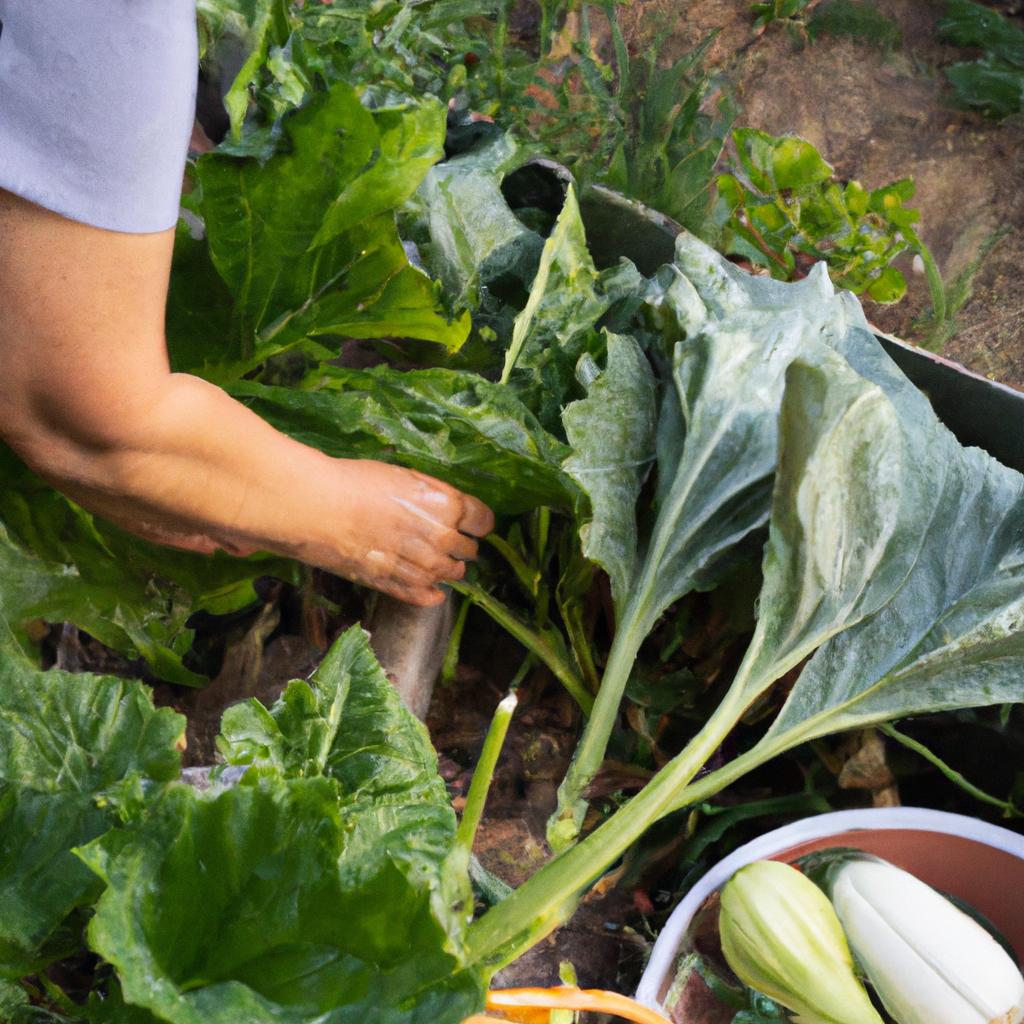
Knowing when to harvest your vegetables is essential for obtaining the best taste and nutrition. Here’s what you need to know:
- Check the seed packet or plant tag for information on when to harvest your vegetables.
- Look out for signs of readiness, such as the color, size, and firmness of the vegetables.
- Harvest your vegetables in the morning when they are fresh and temperatures are cooler.
- Use a sharp knife or pruning shears to make clean cuts and avoid damaging the plants.
After harvesting, proper garden maintenance is crucial for future seasons. Here are some tips:
- Clean up debris and dead plant material to prevent pests and diseases.
- Add organic matter like compost or manure to improve soil fertility.
- Consider planting cover crops to enhance soil health and prevent erosion.
By following these maintenance tips, you’ll ensure the long-term success of your vegetable garden.
Now that you have a step-by-step guide to creating a thriving vegetable garden, it’s time to get your hands dirty and start your own green haven. Enjoy the wonderful experience of growing your own fresh and healthy produce!
To learn more about the world of gardening, visit TooLacks, your ultimate gardening companion.
